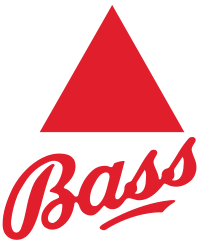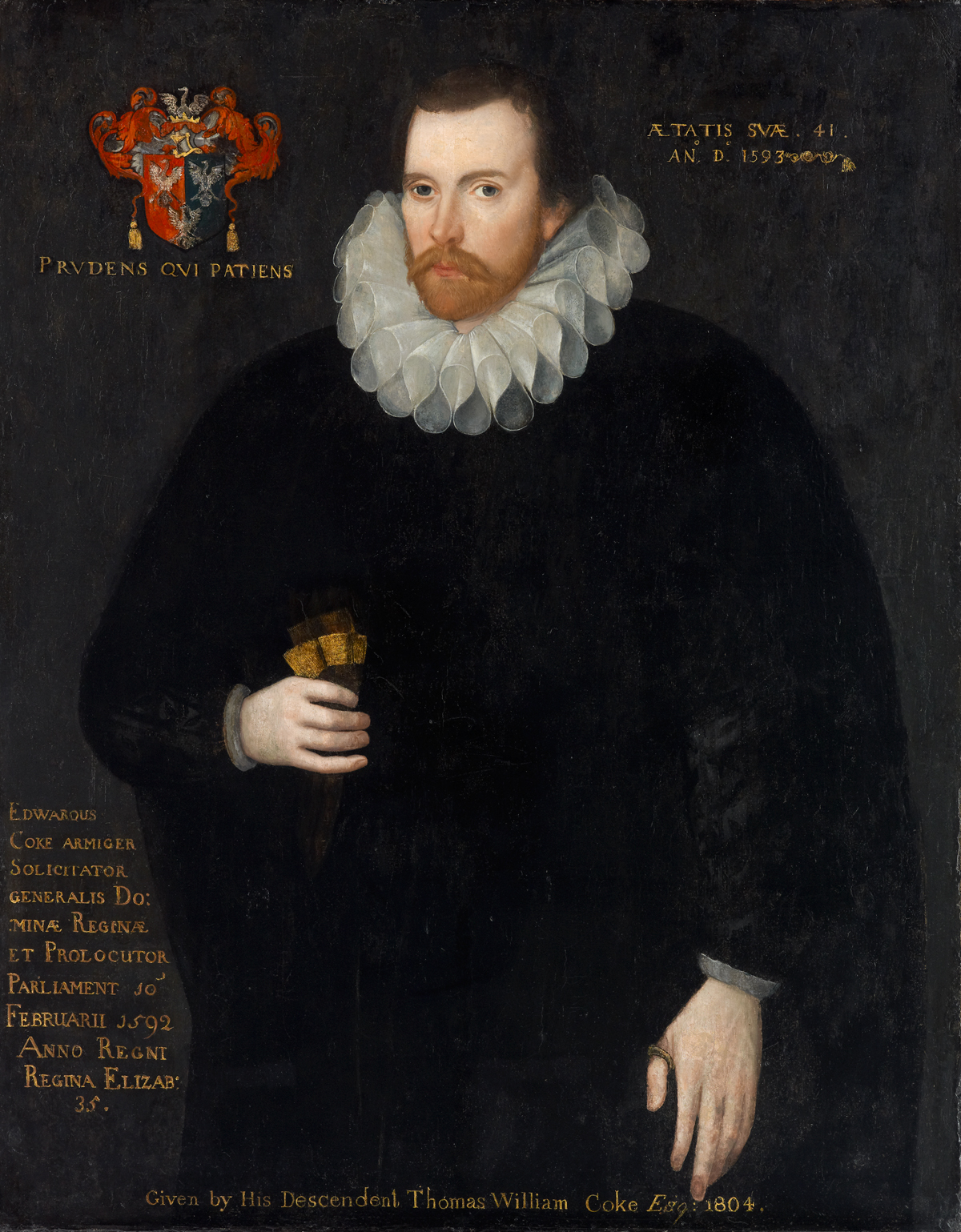[The article below originally appeared in another publication -- I think I wrote it about 10 years ago. I've made some updates and decided to republish here. I've omitted the original introductory texts that explained the differences between patents, copyrights and trade secret protection -- I think that's pretty well understood these days.]
Background
 |
| Puppies help when dealing with patents. |
The monopoly power conferred by a patent, the embarrassingly low standards of novelty applied by the US Patent Office, and the enormous cost of defending litigation has made patents an extremely attractive business tactic to harass or shut down competitors. It used to be the case that I would advise development teams to undertake a patent search to assess the need to "invent around" potential patent complications. However this is no longer good advice:
- Many patents in the field are maddeningly obvious. It soon becomes clear to anyone researching a particular technology for applicable patents that far too many software patents offer nothing more than an obvious, incremental adaptation of well known software techniques or algorithms. The worst of them do not even do that.
- Software patents are poorly written, at least from a technical perspective. It is difficult to understand the technical architecture that the patent is trying to describe (in fact, I personally think this is a deliberate obfuscation strategy).
- Patents take effect from the date of filing – however they do not become public until after the patent is granted. For example, US Patent 5,960,411 (Amazon’s infamous “One-Click ordering” patent) was filed in September 1997, but was not made public until two years later. This poses a problem because, at the time of an architectural review, a designer cannot be confident that they have covered all applicable patents. As the volume of patent applications increases the lag time between initial filing and final public notification is stretching to many years.
So it's doubtful whether a patent search is an economically sensible choice. Consult your IP lawyers of course. What is more likely to happen now is a business owner becoming aware of an alleged or potential infringement and asking for a opinion on likely exposure.
Reviewing a Patent
 |
| Keep a puppy handy in case of stress |
- The list of "obviously completely irrelevant patents that have no overlap with what we're doing."
- Or the "pending review" list.
See what we did there? There is only "irrelevant / not infringed" and "considering". You will never, never, write that you think "we might be infringing this one." And you will also put the words "legal in confidence" on your emails. But your lawyer will tell you all this I'm sure. :)
You'll notice that all patents have certain standard sections. Care must be taken
not to rely on either the patent title, nor the patent abstract. These can be misleading and are more or less irrelevant to a question of infringement.
As an example,
Amazon’s US patent 5,960,411 has as its title:
Method and system for placing a purchase order via a communications network
So yes, the title indicates a patent that potentially covers every system of trade in the world. From the point of view of clarity, the abstract is little better:
A method and system for placing an order to purchase an item via the Internet. The order is placed by a purchaser at a client system and received by a server system. The server system receives purchaser information including identification of the purchaser, payment information, and shipment information from the client system. The server system then assigns a client identifier to the client system and associates the assigned client identifier with the received purhcaser information. The server system sends to the client system the assigned client identifier and an HTML document identifying the item and including an order button. The client system receives and stores the assigned client identifier and receives and displayes the HTML document. In response to the selection of the order button, the client system sends to the server system a request to purchase the identified item. The server system receives the request and combines the purchaser information associated with the client identifier of the client system to generate an order to purchase the item in accordance with the billing and shipment information whereby the purchaser effects the ordering of the product by selection of the order button.
I still get headaches when I read that.
What matters in a patent application is the section titled
Claims. The abstract and the title have little legal significance beyond
shedding light on the claims. Note that in this case (and many others), neither
the title nor the abstract accurately capture the essential nature of
Amazon.com’s patent: that the ordering process can be completed in one step
(hence “One-click ordering”).
Bear in mind when reading a patent abstract that
it was not necessarily drafted by someone with any technical knowledge. Or, for that matter, actual writing skills.
Analysing the Claims
 |
| This is a Four-Puppy-Job |
- The patent is not relevant because your software system can be distinguished from what the patent claims for its own. For example "our system always requires two clicks to purchase so this Amazon one-click patent isn't relevant."
- The patent might be relevant, but some changes can be made to make your system obviously quite different (for example, by adding that second click).
- The patent might be relevant. There's no easy way to make it clear that it's not. You might feel that the patent is so obvious that it should never have been granted in the first place. You'll probably be right. It won't matter though -- you'll ultimately decide what to do based on business tactics.
The claims usually take the form of one or more "base" claims
which cover the inventive steps. These are then supplemented by zero or more
additional claims, which "inherit" from the base claim and then aim to extend and target the claims. Usually, the addition is an application of the base claim using certain
specified technologies.
[etc...]
- A method of placing an order for an item comprising:
- under control of a client system
- displaying information identifying the item; and
- in response to only a single action being performed, sending a request to order the item along with an identifier of a purchaser of the item to a server system;
- under control of a single-action ordering component of the server system;
- receiving the request;
- retrieving additional information previously stored for the purchaser identified by the identifier in the received request; and
- generating an order to purchase the requested item for the purchaser identified by the identifier in the received request using the retrieved additional information; and
- fulfilling the generated order to complete purchase of the item
- whereby the item is ordered without using a shopping cart ordering model.
- The method of claim 1 wherein displaying of information includes displaying information indicating the single action.
- The method of claim 1 wherein the single action is clicking a button.
Claims 4 –5 are also a “method of claim 1”. Claim 6 is a
base claim that attempts to restate claim 1 in a wider, more generic manner and
incorporates a “shopping cart ordering component.” Claims 9 and 11 are also
base claims, with claims 12 to 26 being derivative of claim 11 – the widest,
and most generic claim. (Note: After being granted in September 1999 there was a period of over 10 years during which the patent was challenged and re-examined.)
 |
| For the treatment of extra-patent stress, add one kitty. |
The language itself will also
be a barrier to understanding. The Amazon patent example I'm using is comparatively lucid. Others appear to be deliberately designed to be impossible to understand.
When conducting your analysis you will naturally focus on the base claims, since if you can distinguish your invention from each of these then the other, derivative claims will be automatically disqualified. It’s also common for each of the base claims to have some common element – get around the common element and you can get around the entire patent.
In the example used in this tutorial, Amazon.com’s common
element is to respond to an order with only a single action being performed. This is the
inventive step repeated in claims 6, 9 and 11. Putting to one side the argument
about wether or not this is actually inventive you can see that by simply
adding a second required action you can distinguish (that is, invent around)
the patent. This is exactly what Barnes and Noble did when they were sued by
Amazon.com in 1999.
Conclusion
 |
| I'm sorry for that past advice. |
Irrespective of the debate over the legal merits of software patents, they are a reality that must be dealt with in the design and construction of any software system. This is particularly true in e-commerce, a highly valued area where competitors seek to raise the barriers to entry through prolific patenting.
A patent search should be conducted early in the design phases, and conducted a second time prior to launch to catch any additional patents and to double check architectural decisions. For the patent analysis to be conducted properly, it is important that it is conducted by a patent lawyer or intellectual property specialist.
I have to say now that this is rubbish. The volume of patents, the excessive lag between filing dates and public disclosure, and the uninspiring performance of patent examiners the world over have simply made this approach uneconomical.
In the meantime, if you're ever asked to provide an opinion on a patent, cut to the chase and look at the claims. Focus on the root claims first to find the cheapest argument out of there. If actual cease-and-desist letters are being sent though, call in the lawyers.
In the meantime, if you're ever asked to provide an opinion on a patent, cut to the chase and look at the claims. Focus on the root claims first to find the cheapest argument out of there. If actual cease-and-desist letters are being sent though, call in the lawyers.








